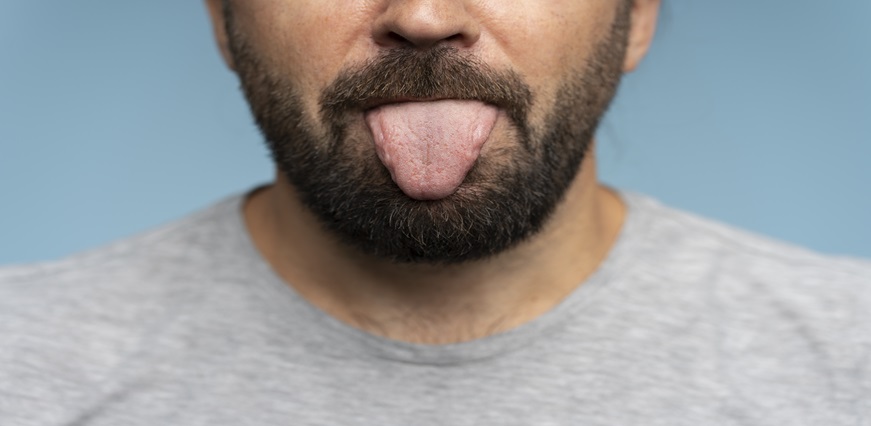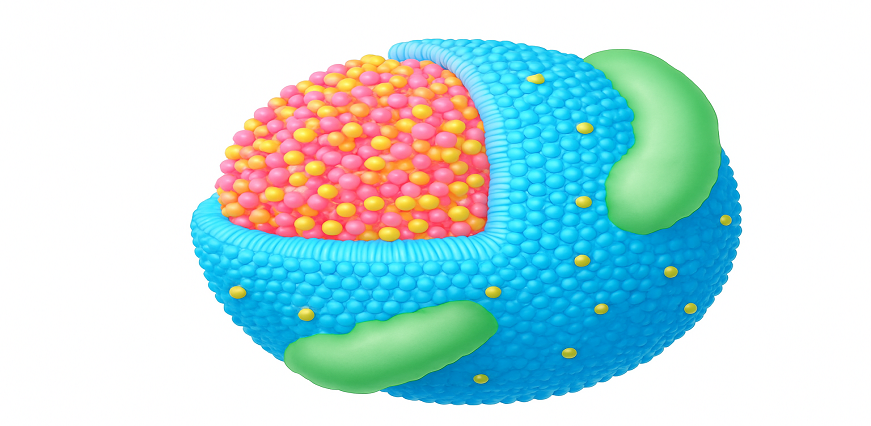What is Leukoplakia?
Leukoplakia is a precancerous condition that affects the mucous membranes in the mouth. It is characterized by the formation of thick, white patches or plaques on the tongue, gums, inner cheeks, or other areas of the oral cavity. It is a precancerous condition that affects the mucous membranes in the mouth. Leukoplakia does not cause any pain, it is characterized by the formation of thick, white patches or plaques on the tongue, gums, inner cheeks, or other areas of the oral cavity.
The white patches or plaques are typically flat, thick, and slightly raised. They may be rough or velvety in texture and can vary in size and shape. Leukoplakia is considered a precancerous condition because a small percentage of these lesions can progress to oral cancer if left untreated. While there's no definitive cure for leukoplakia, early detection and appropriate treatment can effectively manage the condition. The risk is higher in cases of proliferative verrucous leukoplakia, a more aggressive form.
There are two types of leukoplakia:
- Homogeneous leukoplakia: This is the most common type, characterized by a uniformly flat, thin, and smooth white plaque or patch. It typically has a lower risk of malignant transformation.
- Non-homogeneous leukoplakia: This type has a non-uniform appearance, with irregular, raised, and irregularly shaped white patches or plaques.
Causes of Leukoplakia Disease
Here are the main causes of leukoplakia: -
Tobacco: Smoking cigarettes, cigars, or pipes, as well as chewing tobacco, are the primary risk factors for developing leukoplakia. The carcinogens and irritants present in tobacco products can directly damage the oral mucosa and lead to the formation of leukoplakic lesions.
Chronic irritation: Persistent irritation or injury to the oral mucosa can also contribute to the development of leukoplakia. This can be caused by factors such as rough or ill-fitting dentures, sharp tooth surfaces, or chronic cheek/lip biting habits.
Alcohol consumption: Excessive and prolonged consumption of alcohol, particularly in combination with tobacco use, increases the risk of developing leukoplakia and other potentially precancerous oral lesions.
Nutritional deficiencies: Deficiencies in certain nutrients, such as iron, folate, and vitamins A and C, may increase the susceptibility to developing leukoplakia and other oral mucosal disorders.
Candida infection: In some cases, chronic candidiasis (oral thrush) infections caused by the Candida fungus can lead to the development of leukoplakia-like lesions.
Human papillomavirus (HPV) infection: Certain strains of HPV have been associated with the development of oral leukoplakia, particularly in cases of proliferative verrucous leukoplakia.
Genetic factors: There is some evidence suggesting that genetic predisposition or inherited genetic mutations may play a role in the development of leukoplakia in certain individuals.
Symptoms of Leukoplakia Disease
The main symptoms of leukoplakia include:
- Thick, white patches or plaques on the tongue, gums, inner cheeks, or other areas of the oral cavity
- The white patches can be flat, or irregularly shaped
- The patches may have a rough or velvety texture
- In some cases, red or ulcerated areas within the white patches (erosive leukoplakia)
- Painless, but can become painful if the lesions develop cracks or fissures
- Persistent and non-healing lesions
Diagnosis of Leukoplakia Disease
When evaluating symptoms, the doctor or dentist will conduct a differential diagnosis for leukoplakia to identify potential causes. If they suspect leukoplakia, they may perform a biopsy by taking a sample of mouth tissue for testing. There are two biopsy methods:
- Oral brush biopsy: This noninvasive procedure involves removing cells from patches using a spinning brush.
- Excisional biopsy: Surgery may be performed to remove part or all of a patch. Excisional biopsies are generally more accurate.
Following the biopsy, the sample will be sent to a lab for testing to determine if there are early signs of mouth cancer. Although there isn't a cure for leukoplakia, lifestyle changes like quitting smoking can help prevent its progression.
Treatment of Leukoplakia Disease
Treatment options for leukoplakia may include:
- Regular observation to check for changes
- If tobacco use is a factor, quitting may help.
- Topical retinoids or antifungal medications in some cases.
- Surgical removal of lesions for biopsy or if they are precancerous
- Using cryotherapy to freeze abnormal cells with liquid nitrogen.
- Photodynamic therapy: Uses light and a photosensitizing agent to target abnormal cells.
Leukoplakia treatment depends on the severity, areas, and underlying causes. If one wants to proceed with surgery it should be discussed with a healthcare professional.













 7982100200
7982100200























 To reach our help desk call 9213188888
To reach our help desk call 9213188888.png)
Comments